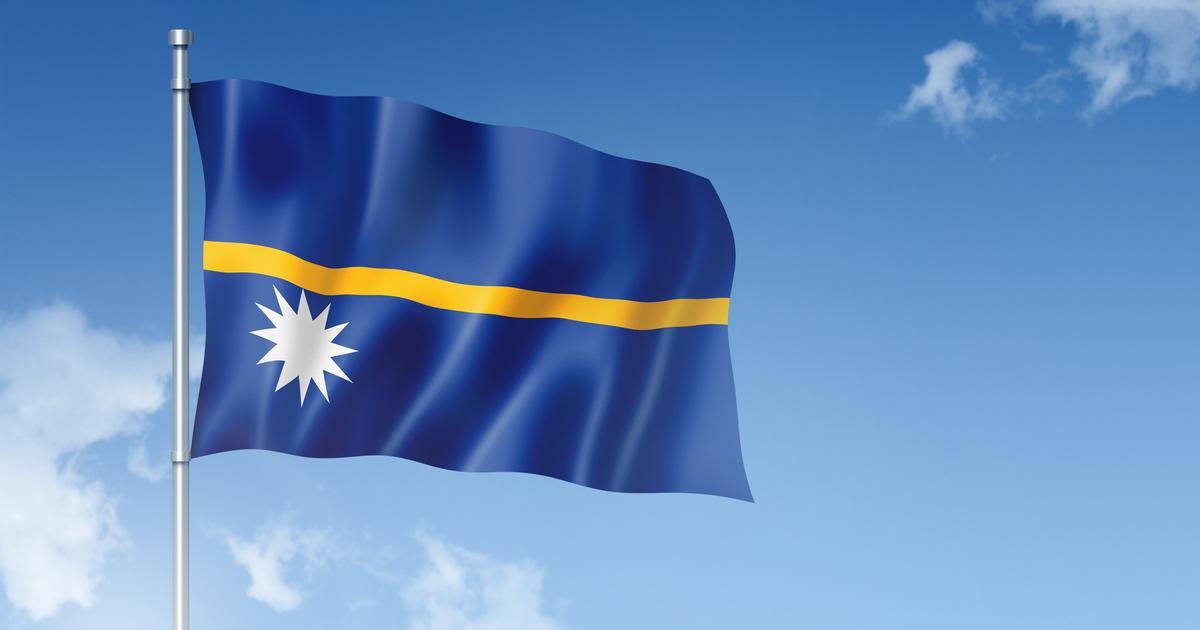Until 1993 the Czech Republic was always part of a different country.
The young state has only existed since 1993 and is now a member of the EU.
You can travel from other EU countries without border controls, the Czech Republic is part of the Schengen area, but the euro has not yet been introduced and payments are made in the Czech crown.
The Czech Republic
is one of the two successor states of Czechoslovakia, which has peacefully split into two parts.
The country offers tourists historical places, ski resorts and impressive natural landscapes, which are home to large European mammals such as elk, lynx, brown bears and wolves.
Since joining the EU, the economy has been booming, especially in the capital Prague, the
state
is the most economically successful of the former members of the Soviet Council for Economic Aid.
Prague - With the establishment of the independent state of the
Czech Republic
, the search for a name also became relevant.
In the Czech
language
, “Čechy” means Bohemia, which is part of the country.
Overall, the Czech Republic consists of the regions of Bohemia, Moravia and Silesia, which is why the term is sometimes used for the entire
state
.
“Český”, on the other hand, stands for “Czech” and “Bohemian”.
Nevertheless, the name Czech Republic fits, because according to legend,
Čech
, German
Czech
, is the founder and the forefather of the Czech people.
Accordingly, the state of the Czech Republic is called “Česká republika”, German Czech Republic, and is abbreviated to “Česko” (Czech Republic).
This short name has only been officially recognized by the constitutional organs since 2016.
Czech Republic - the history of the country until 1918
The first Slavs immigrated to Bohemia in the 6th century.
A century later, the region belonged to the Samo Empire.
After another two hundred years, the first Slavic
state was
formed at the end of the 9th century
.
First came the Moravian Empire, which was assigned to Bohemia as the Margraviate of Moravia in the 11th century.
From this the Kingdom of Bohemia grew in 1085.
The Kingdom of Bohemia belonged to the Holy Roman Empire and claimed considerable parts of the European continent under the Luxemburgers and the Přemyslids.
In the later centuries the Habsburgs rose and due to the consequences of the Thirty Years War, the area of today's
Czech Republic fell
to the Habsburg monarchy.
Only with the collapse of this ruling house at the end of the First World War did the situation of the Czechs change again.
In 1918 democratic Czechoslovakia, a joint state of the Czechs and the Slovaks, was founded.
Czech Republic - the way to an independent state
The
history
of the
Czech Republic
remains turbulent.
Before the Second World War began, the Nazis occupied Czechoslovakia and forced the formerly independent government to bow to foreign rule.
The Munich Treaty provided that Czechoslovakia had to cede territories to Germany, Poland and Hungary.
The bent of the
government
, but
Hitler
also wanted the remaining areas.
This is how the Protectorate of Bohemia and Moravia came into being under German administration.
Only in 1945 were the areas liberated from the Nazi regime by the Allies in collaboration with the Czechoslovak army in exile.
The Red Army occupied the country, around three million German Bohemians and German Moravia were expatriated, expropriated and driven out.
In 1948 the February coup took place and the Communist Party came to power in Czechoslovakia.
The state became the satellite state of the Soviet Union.
In 1969 there was a reform movement as part of the “Prague Spring”, which was ended by the Warsaw Pact troops.
Only the "Velvet Revolution" in 1989 was successful.
Under
Václav Havel
(first critic of the regime, then President), Czechoslovakia became a democratic state again.
Czech Republic - politics
On January 1993, was
State
Czech Republic
in its present form, after the parts of the country Czech Republic and Slovakia separated peacefully.
The
country's
politics
are based on Western models and in some cases particularly on the USA.
The Czech Republic is a parliamentary republic, the state president (
Miloš Zeman
since 2013
, re-elected in 2018) is the head of state.
Parliament elected the president until 2012, and the people have been able to vote directly since 2013.
The President appoints the Prime Minister (since 2017
Andrej Babiš
) and other members of the government.
He has the right to veto laws in relation to the House of Representatives and can return laws to parliament.
The Czech Republic has a parliament with two chambers.
In the Senate, 81 senators, who are elected by majority voting, meet.
As in the US Senate, elected senators stay in office for six years, but elections take place every two years.
Then the people decide again on a third of the senators who have completed the six years.
In the House of Representatives, 200 members do their job, they are re-elected every four years according to the proportional representation system.
The parties make lists in the constituencies, there is a five percent hurdle.
The Czech Republic - parties
In the last parliamentary election in the
State
Czech Republic
on 20 and 21 October 2017, the party was ANO largest force in the House of Representatives.
The party was able to win 29.64 percent of the vote and thus 78 seats in parliament.
ANO stands against political elites and corruption; the party has been a coalition partner in the government since 2013.
In second place is ODS, a liberal-conservative party, with 11.32 percent of the vote and 25 seats.
The Piráti (Czech Pirate Party) come just behind with 10.79 percent and 22 seats.
It is followed by the right-wing populist SPD with 10.64 percent and 22 seats.
The Communist Party of Bohemia and Moravia (KSČM) achieved 7.76 percent and 15 seats.
The ČSSD (“Czech SPD”) is similarly successful with 7.27 percent and also 15 seats.
The KDU-ČSL (“CDU des Landes”) only barely jumps into parliament with 5.8 percent and has ten seats.
The populist center-right party TOP 09 slipped into the House of Representatives with 5.31 percent and won seven seats.
STAN, the liberal-conservative independents, landed at 5.18 percent and six seats.
Overall, the right-wing populist and EU-critical parties have been on the winning side since the last election, while the traditional parties have suffered losses.
Czech Republic - geography and cities
In the west, the
Czech Republic
borders on Germany, to the west and northwest of Poland, in the south-east there is a border with Slovakia and in the south-east with Austria.
The
geography of
the landlocked country is determined by mountains.
Almost the entire country is surrounded by mountain ranges, while the center of the country rests in a large flatland zone.
The highest mountain in the country is the Schneekoppe with a height of 1,603 meters.
The Czech Republic is located in the middle of Europe and is about the same distance from the Baltic Sea and the Adriatic coast.
The state covers almost 80,000 square kilometers, making it only slightly smaller than the island of Ireland.
Around 75 percent of the
population
live in cities.
It is noticeable that the Czechs have built up a lot of residential property.
In 2008, 20 percent of households had their own apartment (2 percent in 1995) and 40 percent had their own house.
The largest
cities
are (as of 2010):
Prague (capital): around 1,250,000 inhabitants
Brno: a good 370,000 inhabitants
Ostrava: approx. 306,000 inhabitants
Pilsen: about 170,000 inhabitants
Czech Republic - population and language
In September 2018, the Czech Republic had 10,637,794 million inhabitants.
The largest group of the
population
made up the Czechs in the 2001 census.
The results in detail are:
Czechs: 90.5 percent
Moravia: 3.7 percent
Slovaks (Czech citizenship): 1.9 percent
It is estimated that around 300,000 Roma live in the country.
There are also foreigners and migrants of various nationalities, who made up 4.1 percent of the population in 2017.
Almost all Czechs speak Czech.
The
language
is the main and official language in the state.
Some mainly older residents also speak German or Russian.
In larger cities, vacationers can usually communicate well with English, as many young Czechs choose this foreign language at school.



/cloudfront-eu-central-1.images.arcpublishing.com/prisa/ZUSCQAAVDZB4ZG3O6HXHMJFWCI.jpg)










